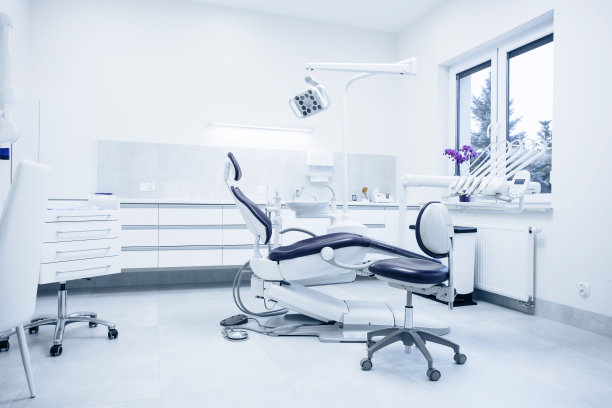Important Precautions to Follow After Receiving a Dental Filling for Optimal Recovery and Oral Health
Summary: Receiving a dental filling is a common yet crucial procedure that can significantly enhance one鈥檚 oral health. After this treatment, it is important to follow specific precautions to ensure optimal recovery and maintain the quality of your dental work. This article outlines four vital aspects to consider: aftercare instructions following the procedure, dietary considerations in the days after filling, oral hygiene practices to implement, and regular dental follow-ups. By paying attention to these precautions, patients can aid their recovery process and preserve their new fillings, ultimately contributing to better oral health.
1. Aftercare Instructions Following the Procedure

After receiving a dental filling, it鈥檚 essential to adhere to specific aftercare instructions to promote healing and comfort. Initially, your dentist will provide recommendations tailored to your filling type, whether amalgam, composite, or gold. Following these guidelines reduces the risk of complications such as sensitivity or infection.
One common advice is to avoid chewing on the side of your mouth where the filling was placed for at least 24 hours. This precaution helps prevent dislodging the filling and allows ample time for numbing to wear off. While the numbing agent is active, you should also avoid hot beverages or foods, as they could lead to accidental burns.
If you experience any discomfort or sharp pain, it is vital to follow up with your dentist. Constant pain may indicate an issue with the filling or an underlying dental problem that requires immediate attention. Thus, being vigilant about any symptoms will aid in quicker recovery.
2. Dietary Considerations After Filling
Your dietary choices in the days following your dental filling can impact both recovery and the longevity of the filling. Right after the procedure, it is best to stick to soft foods such as yogurt, bananas, or smoothies. These foods are gentle on your teeth and do not exert excessive pressure.
As time progresses, you can gradually introduce solid foods, but be wary of extremely hard or sticky items that could damage your new filling. Foods like ice, hard candies, or chewing gum can create complications. Moreover, avoid acidic foods for a couple of days to minimize sensitivity.
Staying hydrated is particularly important. Water is the best option to keep your mouth moist and assist in healing. Additionally, avoid caffeinated and alcoholic beverages for at least a week, as they can lead to dehydration and might interfere with the healing process.
3. Oral Hygiene Practices to Implement
Maintaining proper oral hygiene is crucial after receiving a dental filling. Gentle brushing around the filling site is essential to prevent plaque accumulation, which can lead to decay. Use a soft-bristled toothbrush to avoid irritating the gum tissue surrounding the filling.
Flossing should also be continued with care. While maintaining cleanliness around the filling, be careful and avoid snapping the floss against the tooth. Instead, glide the floss smoothly and gently. If you have issues with standard flossing, consider using dental picks or soft inter-dental brushes to keep the area clean.
Additionally, utilizing an antibacterial mouthwash can aid in reducing bacteria in your mouth, ultimately promoting better oral health. However, choose a mouthwash that is alcohol-free to avoid further irritation. This practice helps in keeping your mouth fresh and can speed up the recovery process.
4. Regular Dental Follow-ups
Scheduling regular dental visits post-filling is essential for monitoring the ongoing health of your oral cavity. Your dentist will want to evaluate the filling and check for any signs of wear or potential decay at subsequent appointments.
Typically, the first follow-up should occur within a few weeks after your filling procedure, followed by routine cleanings at least every six months. During these visits, inform your dentist about any discomfort or changes you have noticed since receiving your filling.
These follow-ups not only ensure that your fillings remain in good condition but also allow your dentist to detect any early signs of problems before they escalate. Prompt attention to minor issues can save you from more extensive treatments in the future.
Summary:
In conclusion, taking the necessary precautions after receiving a dental filling can greatly impact the overall success of the restoration and your oral health. From following aftercare instructions to maintaining a suitable diet and practicing proper hygiene, each step plays a vital role in recovery. Remember to not overlook regular dental check-ups, as they are essential for long-term dental health. By adhering to these outlined measures, patients can maximize the longevity of their dental fillings while ensuring a comfortable and healthy mouth.
This article is compiled by Vickong Dental and the content is for reference only.



